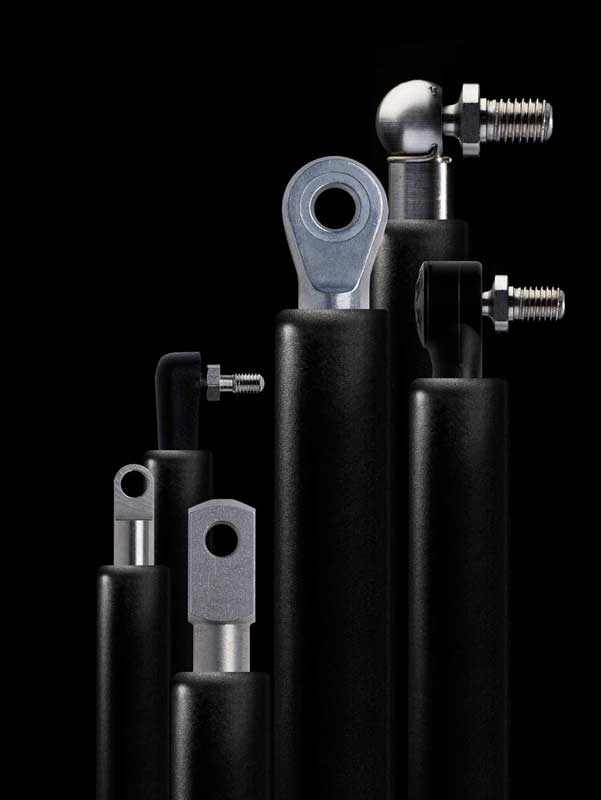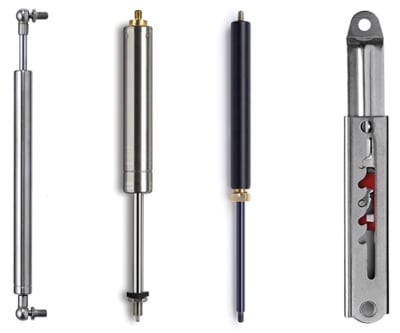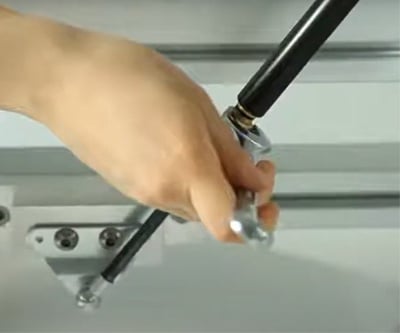WHAT SIZE GAS SPRING or Gas Strut DO I NEED?
Selecting the correct size Gas Spring or Gas Strut for your application is crucial to its function and longevity. There are several key factors to consider, including the weight and size of the application, the specific use, the environmental conditions and any specific force requirements. In this guide, we'll walk you through the process of determining the optimal Gas Spring size for your needs, how to replace an existing Gas Spring and how to measure a Gas Spring/Gas Strut.




.jpg)
.jpg)
.jpg)

